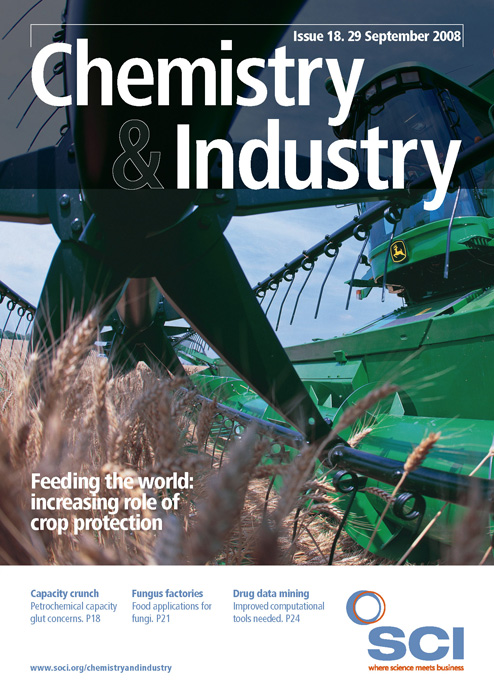‘The idea involves encapsulating imaging agents and drugs into a protective “mothership” that evades the natural processes that would normally remove these payloads if they were unprotected,’ explains team leader Michael Sailor from the University of California, San Diego. ‘These mother ships are only 50nm in diameter, or 1000 times smaller than the diameter of a human hair, and are equipped with an array of molecules on their surfaces that enable them to find and penetrate tumour cells in the body.’
The ‘mothership’ comprises a polymer-modified phospholipid, which Sailor and his team found would form a protective, fatty bubble around mixtures of magnetic nanoparticles, fluorescent quantum dots and an anti-cancer agent. The scientists then attached a tumourtargeting protein known as F3 to the surface of this bubble.
Testing these nano-cargo-ships on mice with cancerous tumours, Sailor and his team found that the protective bubble allowed them to travel through the mouse’s bloodstream without being attacked by its immune system. On reaching the tumour, the nano-cargo-ship releases its payload of the cancer drug and imaging agents into the cells, allowing the whole tumour to be viewed via magnetic resonance imaging (MRI) and individual tumour cells to be studied via fluorescence imaging (Angewandte Chemie, 2008, 47, 7284).
‘One can imagine a surgeon identifying the specific location of a tumour in the body before surgery with an MRI scan, then using fluorescence imaging to find and remove all parts of the tumour during the operation,’ says Sailor.
John Tsibouklis, a polymer scientist at the University of Portsmouth, commented that this work ‘makes a very useful contribution to a rapidly evolving field of nanoscience’.





